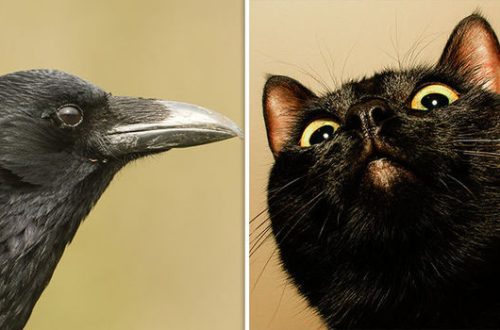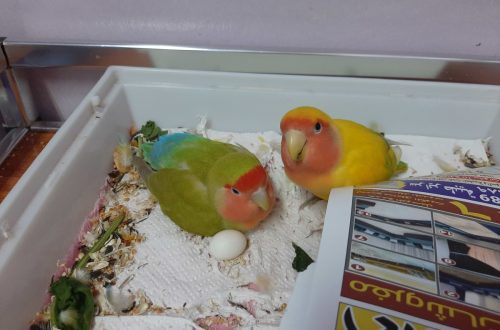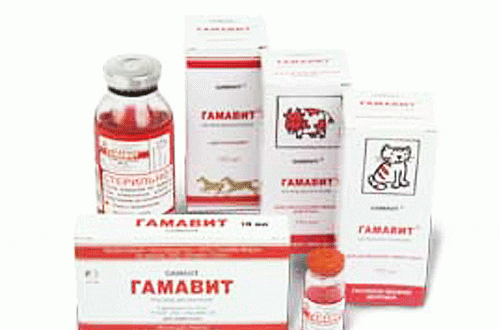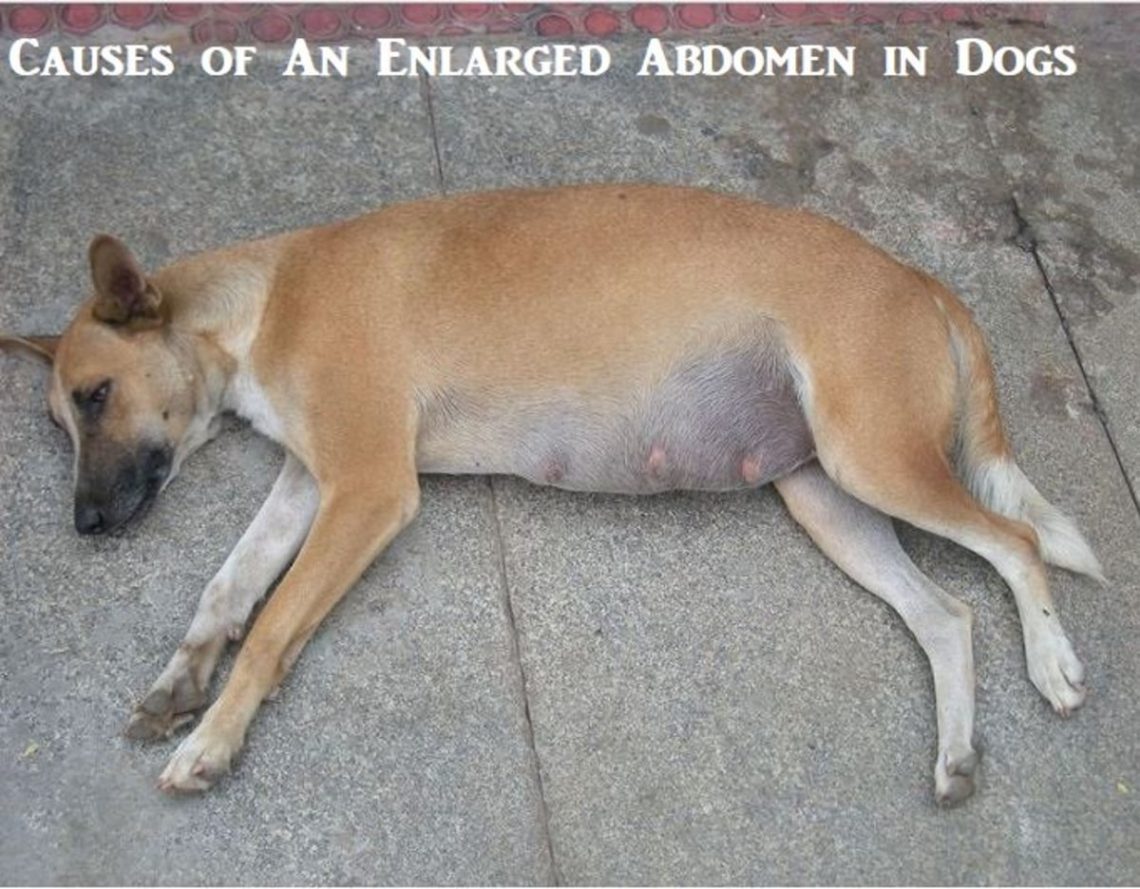
Titeann bhoilg i madraí: cúiseanna, comharthaí, diagnóis agus cóireáil
Dropsy in dogs (aka ascites) is a condition in which a large amount of fluid accumulates in the abdominal cavity. It can be in a healthy dog, but its amount is very small. A large accumulation of fluid disrupts the work of all the organs of the abdominal cavity of the dog, it begins to suffocate. Shortness of breath begins to torment her, activity decreases, fatigue occurs, weight begins to decrease sharply.
Cúiseanna dropsy
Ascites is a symptom, not a disease. There are quite a few reasons for it, here are the most common:
- meall;
- galar ae;
- galar croí;
- galar duáin;
- peritonitis.
Often the cause of the development of dropsy in dogs are tumors of various organs of the abdominal cavity. Growing, the tumor begins to put pressure on the vessels, resulting in a sharp increase in blood pressure, which leads to the accumulation of fluid in the abdominal cavity.
Also, a tumor may suddenly open in a dog and begin to exude very strongly, as a result of which in the peritoneum, the outflow of lymph is disturbed or an excessive amount of fluid is formed due to intoxication of the body caused by the tumor.
Dropsy of the abdominal cavity is often caused by diseases of the liver. This organ is engaged in filtering blood and lymph, cleaning them and synthesizing proteins. As soon as the liver becomes ill, all its functions are disturbed. It cannot normally filter the necessary volumes of blood and lymph, as a result of which they begin to stagnate, fluid begins to seep through the walls of the vessels and ascites occurs. Violation of protein synthesis leads to a decrease in plasma protein pressure blood, due to which the liquid part of the blood begins to exit into the tissues and body cavities and free fluid appears.
In dogs, a diseased heart provokes stagnation of blood in the systemic circulation, which causes ascites in the abdominal cavity as a result of overflow of the vascular bed.
The kidneys regulate the body’s water and electrolyte balance and promote the release of metabolic productslike the liver. Healthy kidneys should not contain plasma proteins in the urine, however, inflamed kidney tissue begins to secrete this protein in large quantities. This loss of protein, together with excessive sodium retention in the body, contributes to the development of dropsy in the animal.
Peritonitis is an inflammation of the peritoneum. It can occur for many reasons and is almost always accompanied by ascites. An excessive amount of fluid begins to accumulate in the peritoneum due to severe inflammation, as a result of which the vascular walls lose their tightness and their permeability increases.
Comharthaí de dropsy
How can you tell if your dog has ascites? You should know its main symptoms:
- the main symptom is a distended abdomen. In fat animals, this sign is weakly expressed, so it can be easily overlooked;
- due to the large amount of fluid in the pet, breathing problems begin, shortness of breath occurs, and the mucous membranes begin to acquire a bluish tint. If ascites is due to liver disease, the mucous membranes may be icteric. A large amount of fluid in the abdominal cavity begins to put pressure on the diaphragm and lungs, so the dog is forced to be in a sitting positionto make it easier to breathe;
- edema can appear as with dropsy, but also as an independent disease. Edema along with ascites indicates the occurrence of a disease such as hypoalbuminemia or renal failure. Ascites often occurs in the pleural cavity;
- the dog begins to drink a lot and often goes to the toilet in a small way. These symptoms occur in chronic renal failure;
- the dog’s activity is reduced. She becomes lethargic and indifferent to everything. The animal becomes very thin, does not eat anything, sleeps all the time, moves with difficulty;
- muscle mass starts to atrophy dog’s weight increases due to the accumulation of a large amount of fluid in the abdominal cavity;
- with ascites, a pet can often vomit, which is explained by the presence of an underlying disease (kidney, liver disease, paraneoplastic process).
How to diagnose dropsy?
Ascites is diagnosed as follows:
- listening carefully to the dog owner’s complaints;
- analyzing the symptoms;
- based on the results of laboratory blood tests;
- according to the results of the study of fluid taken from the abdominal cavity;
- taking x-rays or ultrasounds.
After carefully listening to the owner and examining the animal, the veterinarian concludes whether it is ascites or not. To confirm or refute their suspicions, an ultrasound or x-ray of the abdominal cavity is performed. However, these studies can only show whether excess fluid is present or not.
It is not a fact that the revealed fluid in the abdominal cavity is dropsy. as a liquid could be blood with internal bleeding, urine, if as a result of an injury there was a rupture of the bladder or lymph, with damage to the lymphatic vessels.
In the differential diagnosis, a puncture is made in the abdominal wall to take some fluid for laboratory testing. If the taken fluid has a light straw color and odorless, then in 100% of cases it is ascites. If blood acts as a liquid, it is indicates hemorrhage in the abdominal cavity, urine indicates that a rupture of the bladder or ureter has occurred, and the white milky fluid is lymph. If purulent inflammation occurs in the abdominal cavity, the liquid will be of a different color with an unpleasant odor. An accurate diagnosis is made after laboratory tests.
The fluid studied in the laboratory is very accurate in diagnosing the root cause of the disease. Depending on the composition, the liquid is divided into:
- exudate;
- hemorrhagic exudate;
- transudate;
- altered transudate.
If studies indicate a transudate, then diagnoses such as tumors, helminthiases, diseases of the liver, intestines, portal hypertension, and renal failure are made.
If an altered transudate is confirmed, the dog is most likely suffering from heart failure, a tumor, or portosystemic hypertension. Exudate arises from peritonitis or tumors. Blood in the exudate indicates damage to the internal organs of the animal.
Cóireáil ascites
This pathology is a consequence of any inflammatory process occurring in the dog’s body. Having got rid of the cause, dropsy will also disappear. If the animal is in a very serious condition, laparocentesis is performed to alleviate it, which consists in pumping out excess fluid from the abdominal cavity. However this measure is temporary., since the liquid will form again and again, and its constant excretion contributes to the fact that the dog’s body begins to lose protein in large quantities, further worsening the general condition of the pet.
To compensate for the loss of protein, an albumin solution is administered or the pumped out fluid is reinfused. In the latter case, 50 units of heparin are added to 500 ml of liquid and administered intravenously for two to three days. It happens that pumped fluid contains toxins and bacteriaTherefore, antibiotics such as cephalosporins are used. This method is justified by the fact that it prolongs the life of the dog and even the onset of remission is possible.
Also, diuretics should be given to remove fluid, but in this case, a large amount of potassium is excreted from the body. To preserve it, diuretics are prescribed that save it, but this is also not an option. They cause dyshormonal disorder.
Good results are given by cardio and hepaprotectors that support the heart muscle and liver function. The diet of the animal should be salt-free, and the amount of fluid consumed should be reduced.
Although dropsy often occurs with incurable diseases, the dog owner and veterinarian working together can keep the animal in a satisfactory condition for some time, improving its quality of life.
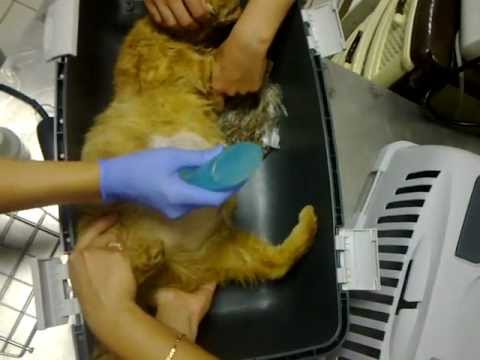

Féach ar an físeán ar YouTube





